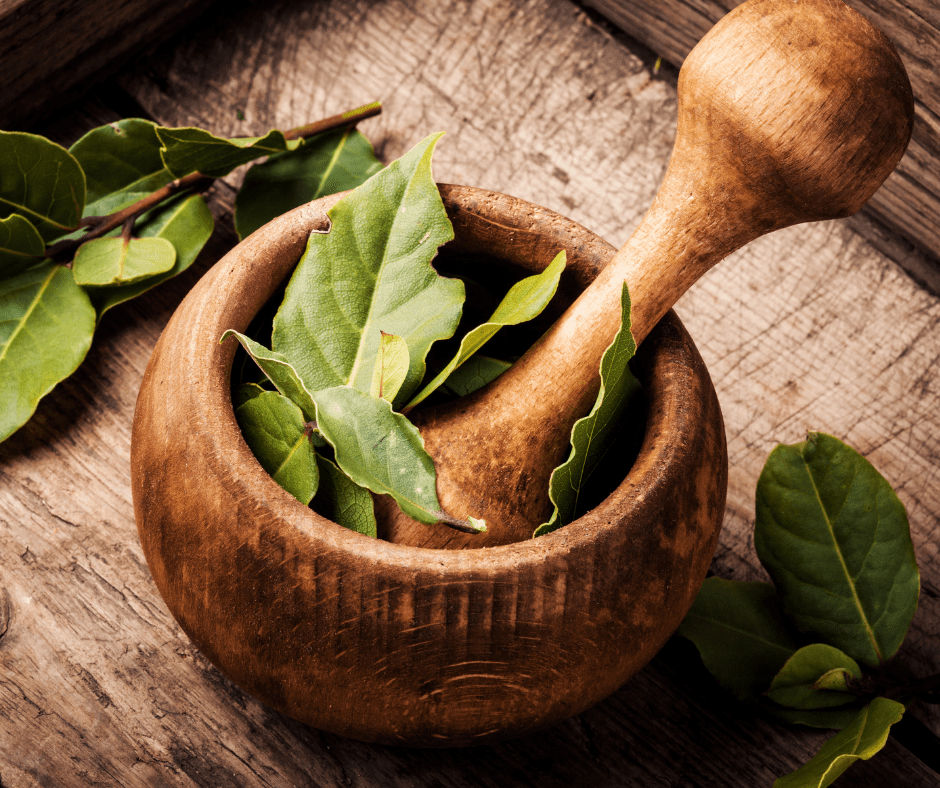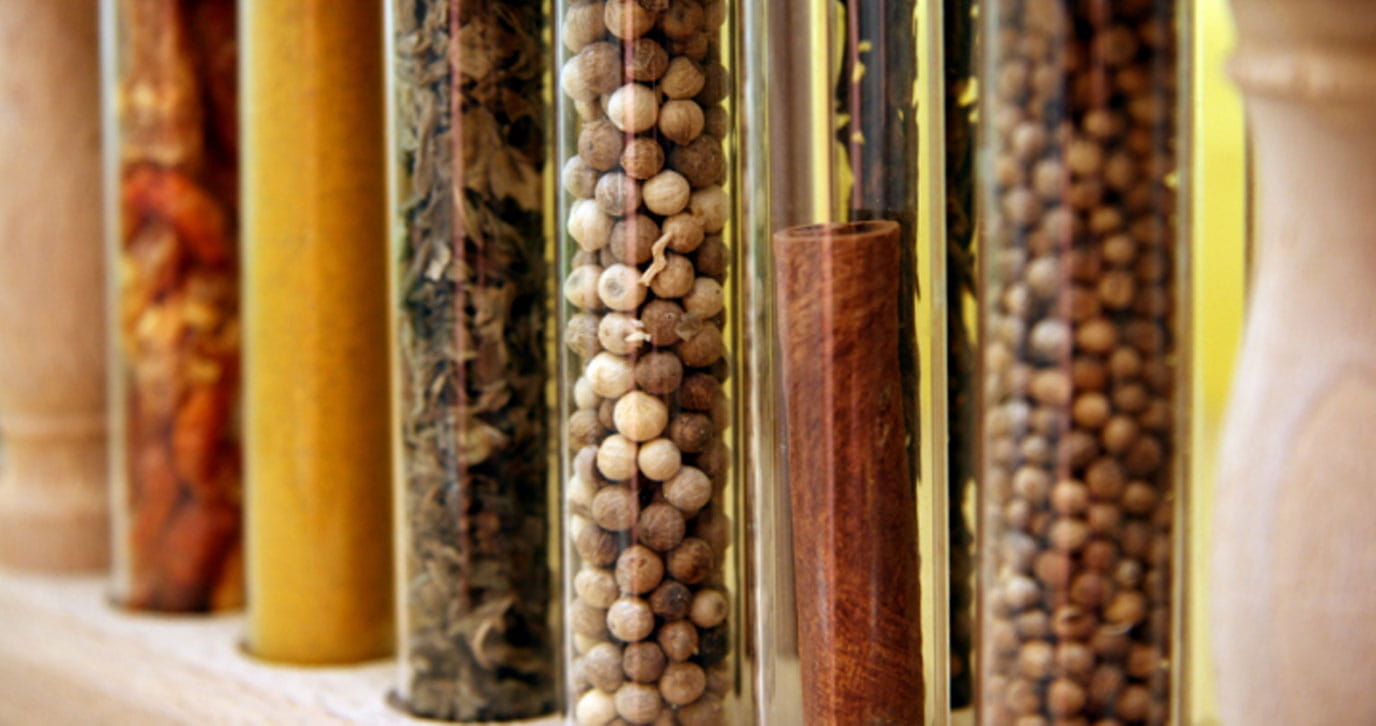July, 2025
Evaluating the Influence of Videos on Medical Professionals’ Perception of Using Herbs and Spices for Healthy Cooking and Potential Application in Patient CareBay Leaf: Potential Health Benefits
KEITH W. SINGLETARY, PHD

August 2021—An overview of the potential health benefits of bay leaf, funded by the McCormick Science Institute. An evaluation of the research is presented.
Bay leaf or bay laurel is a culinary herb obtained from the small evergreen tree Laurus nobilis L. (family Lauraceae). This plant is native to the Mediterranean region and enjoys widespread cultivation in the warm climates of the southern United States, Central America, Europe, the Middle East, and Asia. As a culinary herb, it is known to flavor numerous cuisines of Turkey, India, Italy, and France. It is a common component in the French mixture of herbs “bouquet garni” and is added to various dishes during cooking such as sauces, soups, stocks, casseroles, sausages, and stews and then removed before consumption. Many uses of bay leaf and its oil in traditional and folk medicines have been docu- mented. These include as treatment of respiratory disorders and infections, gastrointestinal discomfort and irregularity, diarrhea, and amenorrhea and as an emetic, stimulant, and diuretic, to name a few. To date, few human studies have examined the health benefits of bay leaves. This narra- tive review summarizes relevant clinical trials and preclinical animal investigations, and highlights future research needs.
Reference
Singletary K. Bay Leaf: Potential Health Benefits. Nutrition Today. July/August 2021; 56(4):202-208. doi: 10.1097/NT.0000000000000493
View Full Text





